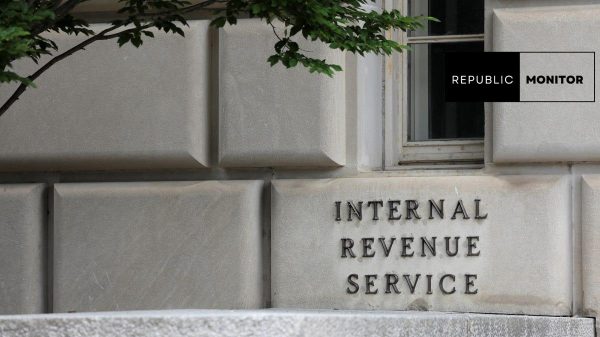As taxpayers eagerly await their California tax refunds, understanding the intricacies of the distribution process is crucial. The U.S. Treasury issues tax refunds when individuals have paid more tax than required on their state or federal returns. This often occurs when employers withhold more funds than necessary from employees’ paychecks or when self-employed individuals filing estimated quarterly tax returns find themselves eligible for a refund.

“Navigating California Tax Refund Payments: Understanding Deposits and Distribution”
California, with nearly 32 million taxpayers and dependents benefiting from tax refunds, follows a distinctive process for distributing funds. In contrast to the direct stimulus checks provided by many other states, California employs various methods, including debit cards and direct deposits, to disburse tax refunds.
The Internal Revenue Service (IRS) plays a pivotal role in facilitating these payments. Taxpayers who e-filed their tax return and are deemed eligible may receive their California tax refund through direct deposit into their bank accounts. This efficient method ensures a quicker and more streamlined delivery of funds.
For some eligible taxpayers, the distribution takes the form of debit card payments. The California Board of Taxation has outlined specific guidelines for this mode of payment, which include scenarios such as filing a paper return, having a balance due, receiving the Golden State Stimulus (GSS) payment by check, or receiving a tax refund by check regardless of the filing method.
Debit card payments cater to those who may not have opted for direct deposit or encountered specific situations in their tax return process. If you filed a paper return, had a balance due, received your Golden State Stimulus payment by check, received your tax refund by check irrespective of filing method, or utilized an advance payment from your tax service provider or paid tax preparer fees using your tax refund, you fall under the eligibility criteria for debit card payments.
The complexity of the California Tax Refund distribution highlights the importance of taxpayers staying informed about the various channels through which they might receive their funds. This nuanced approach ensures that individuals, whether employed or self-employed, can navigate the system efficiently and access their refunds without unnecessary delays.
In a landscape where financial assistance programs vary across states, California’s approach adds flexibility by incorporating different payment methods to accommodate diverse taxpayer scenarios. As the distribution continues, taxpayers are encouraged to stay updated on IRS guidelines and state-specific procedures to ensure a seamless and timely receipt of their California tax refunds.
Note: This information is subject to change, and taxpayers are advised to check official sources for the latest updates on California Tax Refund distribution.
















